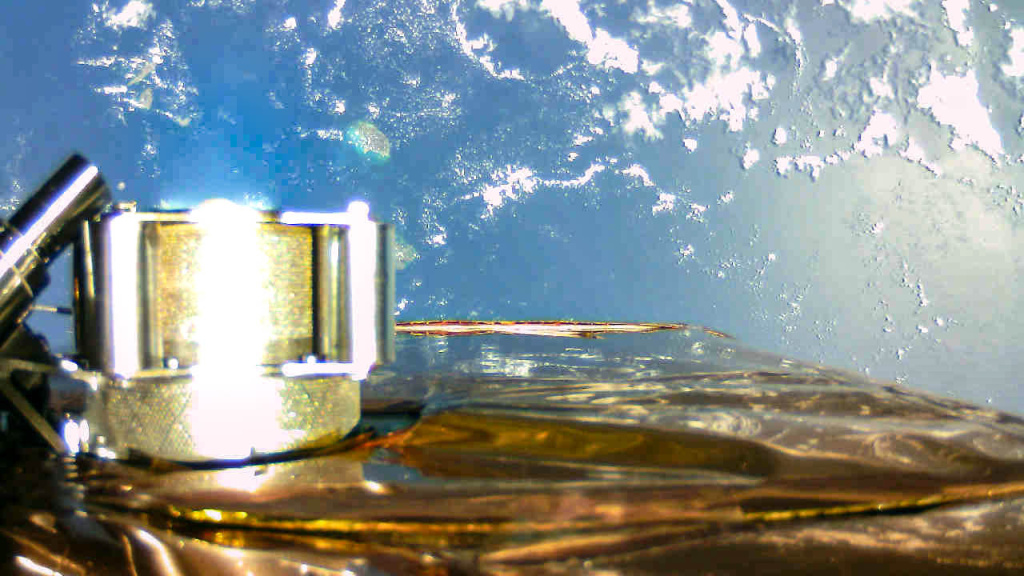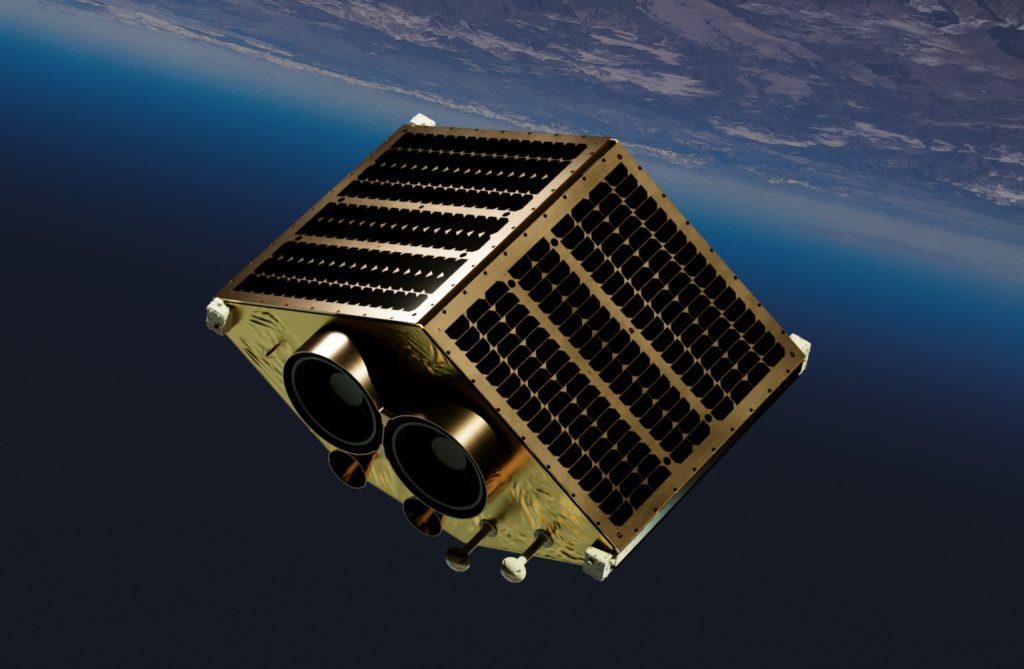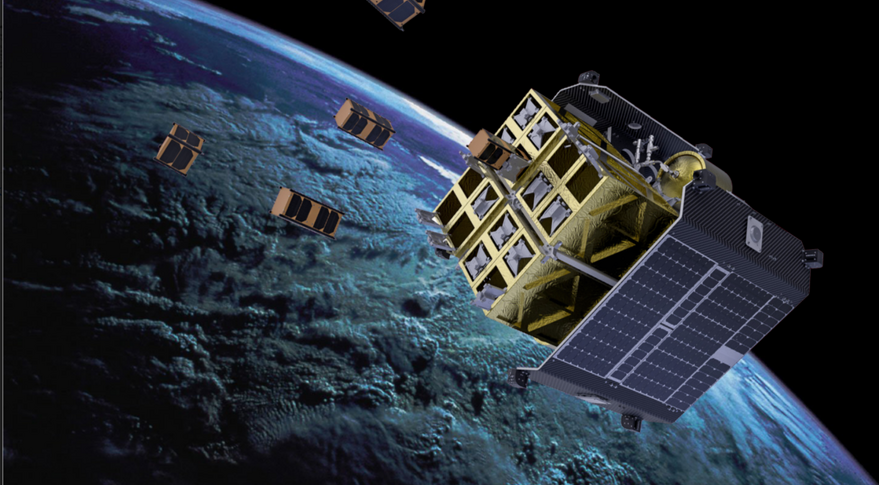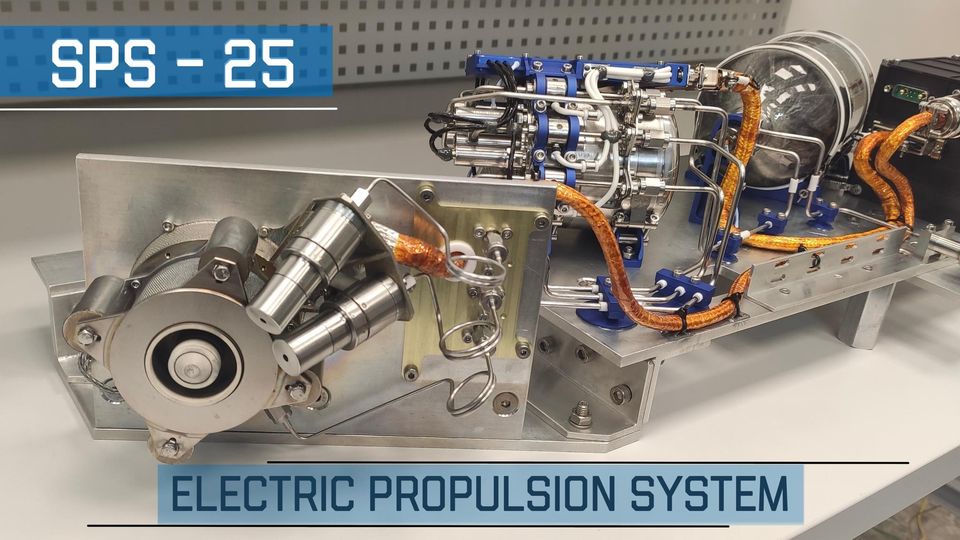Noosphere Ventures July: An Interview With Max Polyakov, Three Legs Of Venture Investing And Future Of Electro-Jet Low-Thrust Engines By SETS

Sep 17, 2019
From July Noosphere Ventures news you will find out about venture investment principles of our Managing Partner, new contracts of fast-growing Firefly Aerospace and some predictions about electro-jet engines applying on the Earth orbit. And keep in mind, we are #MakingSpaceForEveryone
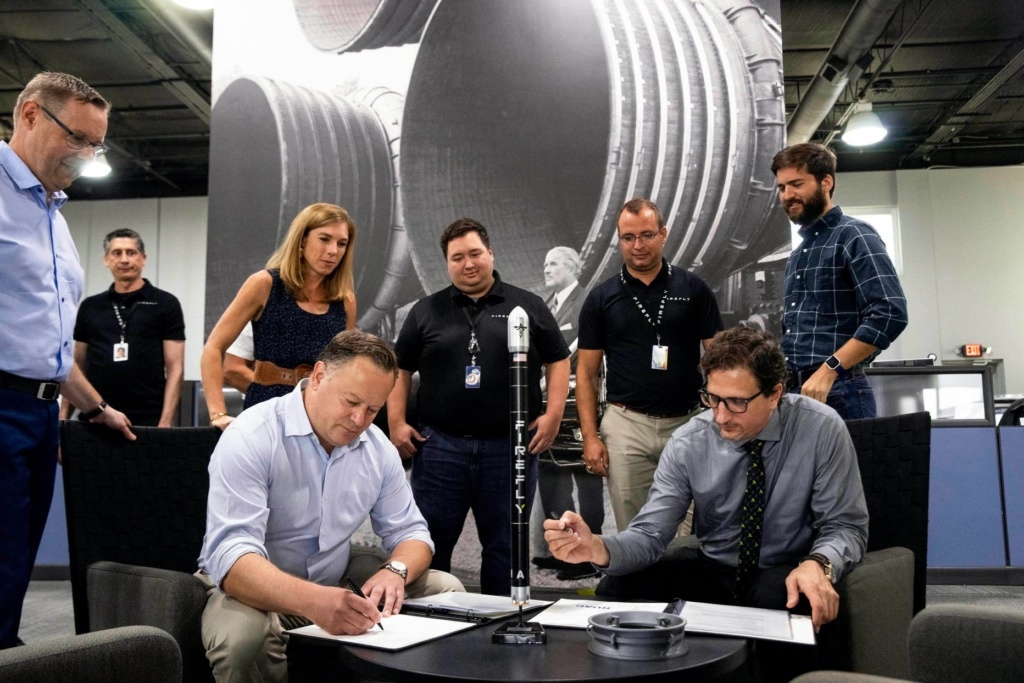
Firefly Payloads Will Stay Safe With Ruag Adapters
August brings new partnerships to Firefly, as satellite and rocket hardware provider Ruag Space contracted to provide payload adapters for Firefly’s small launch vehicles. The plan is to use the PAS 937S payload adapter, which will lock satellites in place during launch and release them once in space.
The hardware produced by Ruag Space has successfully separated over 600 satellites in space with no failures yet. They have provided adapters for well-known launches such as Rocket Lab’s Electron and Arianespace’s Vega rockets, Khrunichev’s Proton, United Launch Alliance’s Atlas 5 and Delta 4 rockets.
The partnership agreement starts with an order for six launches, with the ever-present option to extend for long-term arrangements. Firefly Aerospace CEO Tom Markusic lauded the arrangements, as RUAG hardware will provide the highest level of safety for Firefly’s spacecraft missions.
Firefly Alpha has a first flight scheduled for December. The launch expects to see 630 kilograms in a 500-kilometer sun-synchronous orbit.
Recently, Firefly announced signing an intellectual property and engineering support agreement with the Israel Moon mission technologies. Firefly obtained the design and established the architecture of the Beresheet Lunar Lander, and will use it as a basis to create the Genesis Lander for NASA’s Commercial Lunar Payload Services (CLPS) mission.
Max Polyakov: successful investing stands on three legs
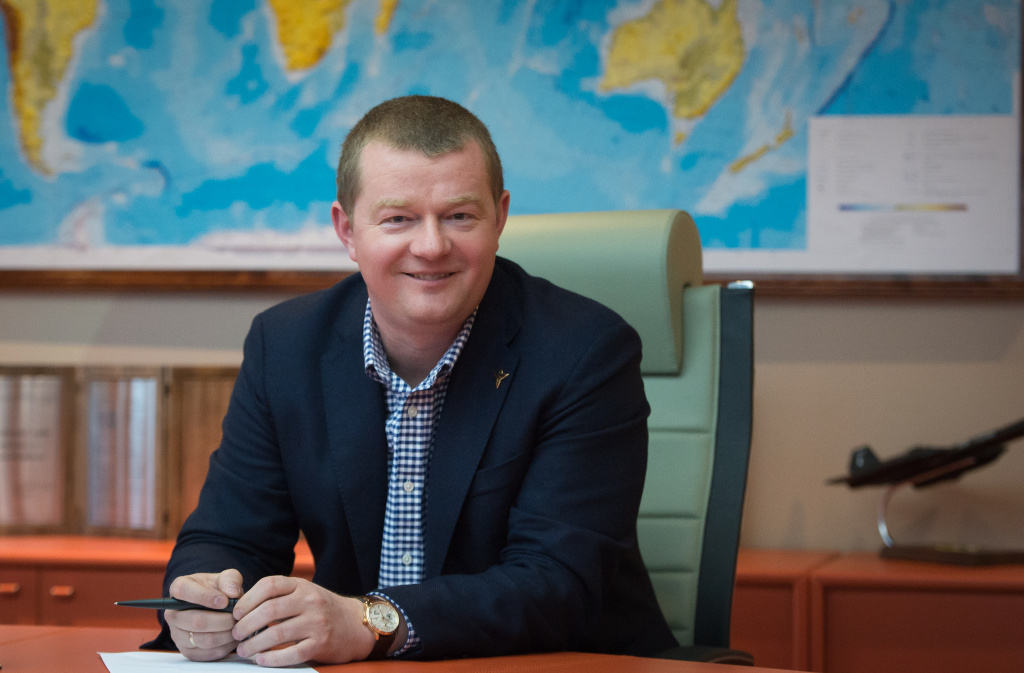
“Some companies have horizontal integration as their vision. My vision is vertical integration. If I am correct, 30% of Firefly sales ultimately will be internal, to sister companies. Another 30-40% will be government and the rest will be commercial because we are inexpensive. So we’ll have three legs.” — Max Polyakov.
In the newest Space Intel Report, Peter B. de Selding asked Max Polyakov, Noosphere Ventures Managing Partner about Noosphere’s investment vision, asset success and failure, and the progress of major space companies in which Noosphere Ventures invested.
Everything you’ve ever wanted to know about Noosphere Ventures history, founders and assets, but were afraid to ask. Read it now!
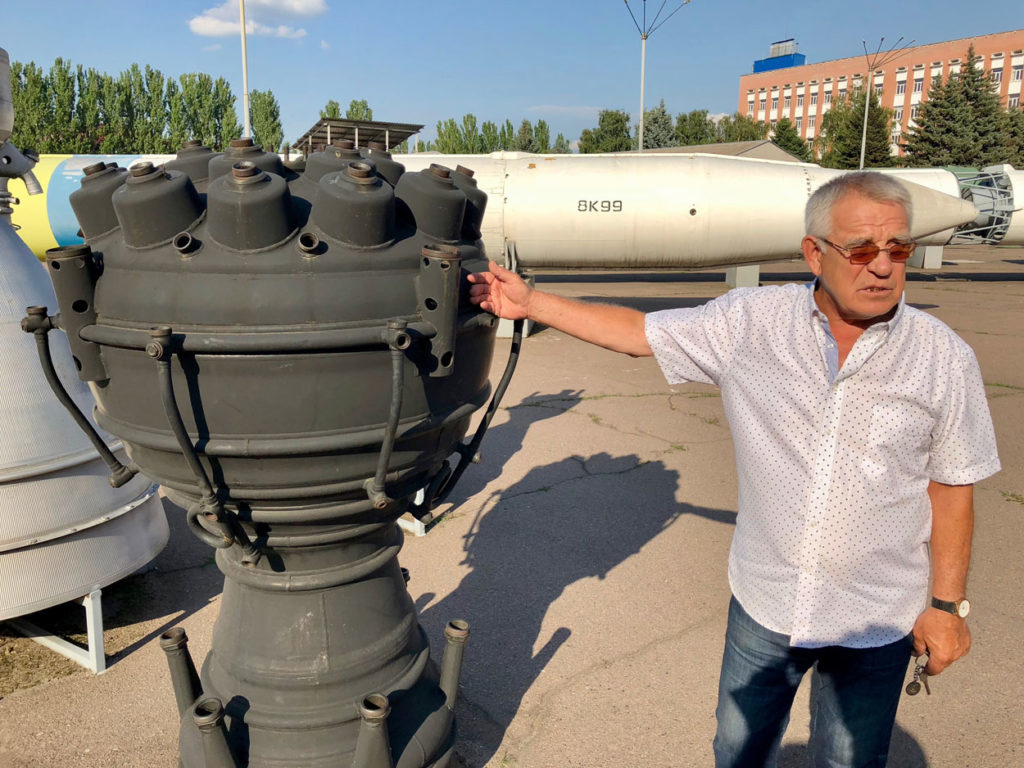
How the Spirit of Apollo Inspires Ukrainian Rocketry
“We have the spirit of Apollo — and we’ll do even better,” says Alexsandr Bobrov, a 26-year veteran of Yuzhmash, Ukraine’s national spacecraft manufacturing firm, and currently the technical director at Firefly Aerospace’s Dnipro research and development center.
It’s not a secret that Ukraine played a huge role during the 20th-century space race between the USSR and USA. For instance, Yuriy Kondratiuk (originally Alexander Shargey) was the Ukrainian engineer, mathematician and visionary who, in the early 20th century, developed the first known concept of the lunar landing and the subsequent return spaceflight between Earth and its moon. What is more important, the Apollo mission relied on those LOR calculations to successfully fly men to the Moon. Some of the Yuriy Kondratiuk’s legacy facts and insights about the future of the Moon missions were discussed during the Noosphere Space Summit April 17-18 in Kyiv.
In an article for the Daily Signal, Nolan Peterson writes about Max Polyakov and Noosphere’s attempts to save the strong Ukrainian science heritage. Noosphere supports promising rocket projects like SETS and Firefly and continues to cultivate young engineers inspired by Apollo mission achievements.
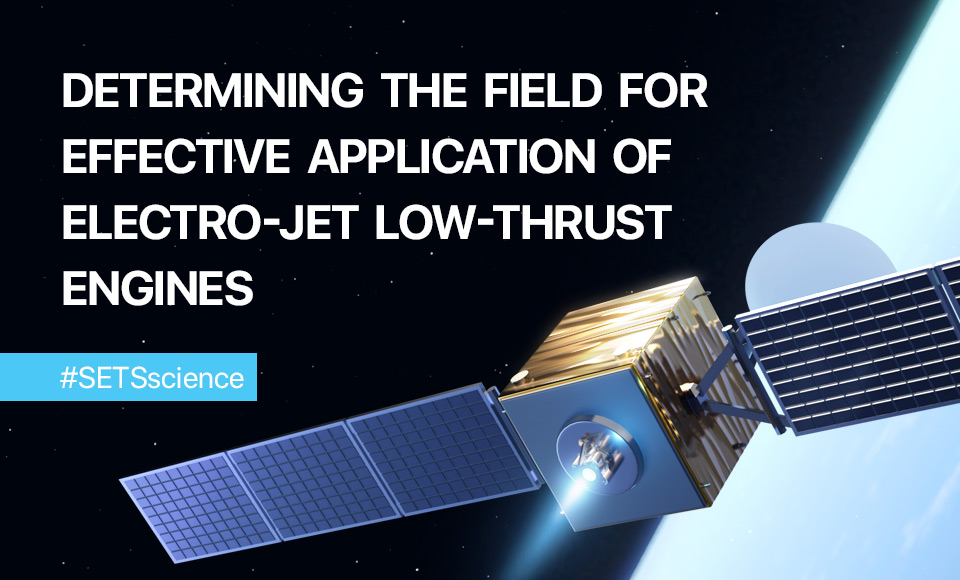
Future of Electro-Jet Low-Thrust Engines by SETS
“The cost of the first mistake in space is very high,” says Viktor Serbin, founder and CEO SETS. Quote from an interview with SpaceUkraine.
Electric engines have been around since the 1970s, but the early model technology had not yet reached the point where the engines provided high efficiency. Today’s tech is different. Companies such as SETS (Space Electric Thruster Systems), which develops electric rocket engines for positioning a satellite on orbit, expect that over the next 10 years the number of electrically powered satellites will increase by 30%. If an early telecommunication satellite in geostationary orbit was active for 7 to 12 years, new technology now puts that range at 12 to 17 years. Satellite operators hope to bump that even further to 21 years using satellite propulsion systems.
In recently published work, SETS engineers are turning to the issues of choosing the optimal field for using propulsion system for spacecraft at low near-Earth orbits. Check out the full article here.
Follow our Facebook page to know more about space investment
Read more from Noosphere Ventures:
- SETS’ SPS-25 Propulsion System Proves Successful in Space Testing Despite Challenging Circumstances in Ukraine
- EOS Data Analytics launched EOS SAT-1, the first satellite of its EOS SAT constellation
- EOSDA And Ursa Space Entered Into An Agreement
- D-Orbit charts ambitious course for space logistics business
- SETS delivered 2nd SPS-25 Hall thrusters system for commercial mission
- D-Orbit wins contract to work on Space Rider reusable space vehicle
- EOSDA Contracted An Agreement With GEOSAT
- Noosphere Ventures LP to sell a major stake in Firefly Aerospace to AE Industrial Partners
- EOS SAT First Satellite Provided By Dragonfly Aerospace
- Firefly Aerospace is one step closer to landing on the Moon

